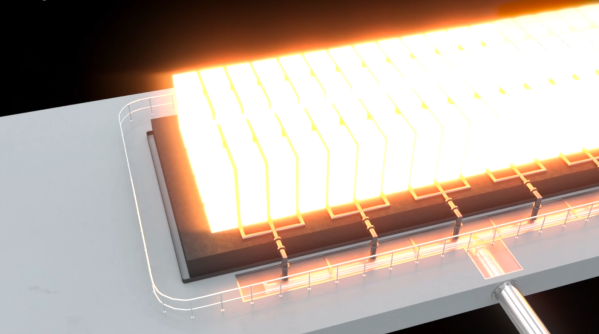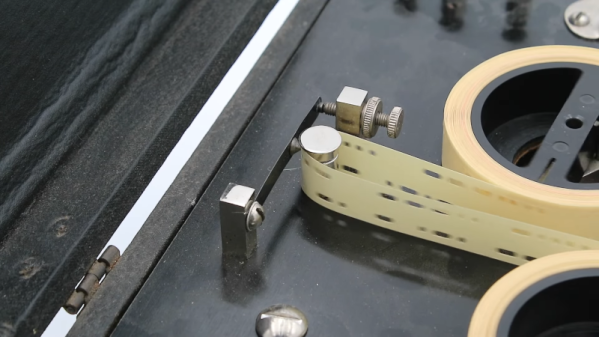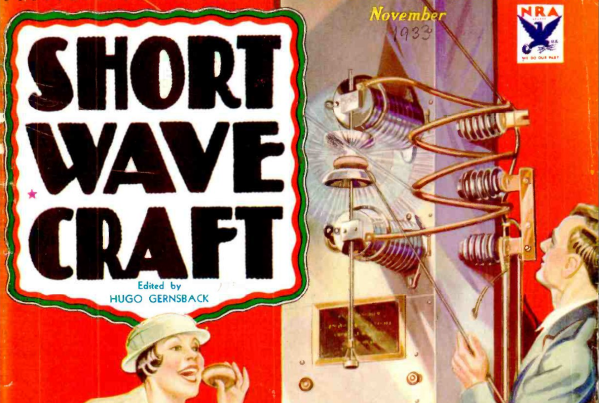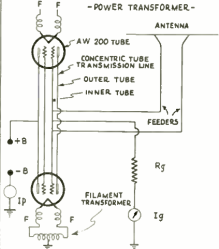Once expensive and difficult to implement, renewable energy solutions like wind and solar are now often the cheapest options available for generating electricity for the grid. However, there are still some issues around the non-continuous supply from these sources, with grid storage becoming a key technology to keep the lights on around the clock.
In the quest for cost-effective grid storage, a new player has entered the arena with a bold claim: a thermal battery technology that’s not only more than 10 times cheaper than lithium-ion batteries, but also a standout in efficiency compared to traditional thermal battery designs. Fourth Power is making waves with its “sun in a box” energy storage technology, and aims to prove its capabilities with an ambitious 1-MWh prototype.
Hot Stuff

The principle behind Fourth Power’s technology is deceptively simple: when there’s excess renewable energy available, use it to heat something up. The electrical energy is thus converted and stored as heat, with the idea being to convert it back to electricity when needed, such as at night time or when the wind isn’t blowing. This concept isn’t entirely new; other companies have explored doing this with everything from bricks to molten salt. Fourth Power’s approach involves heating large blocks of graphite to extremely high temperatures — as high as 2,500 °C (4,530 °F). Naturally, the hotter you go, the more energy you can store. Where the company’s concept gets interesting is how it plans to recover the heat energy and turn it back into electricity.
Continue reading “Liquid Tin Could Be The Key To Cheap, Plentiful Grid Storage”



















